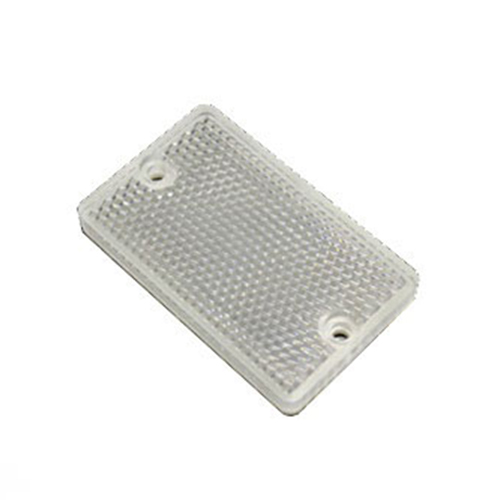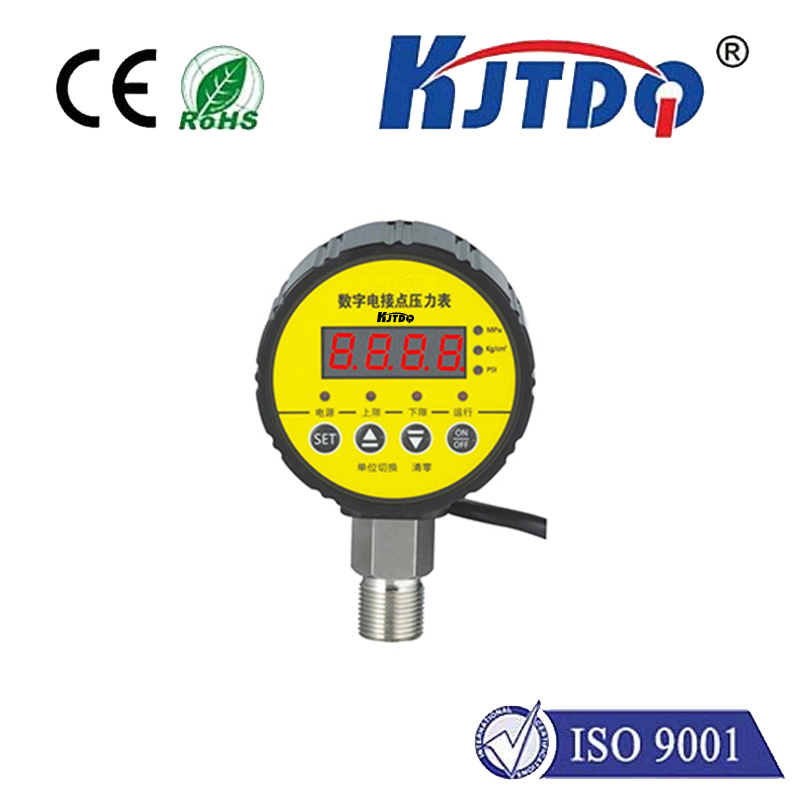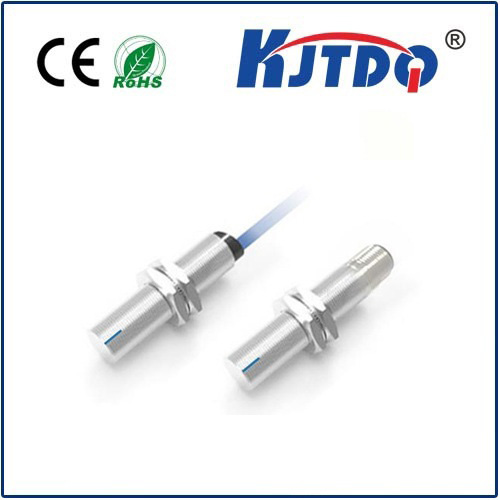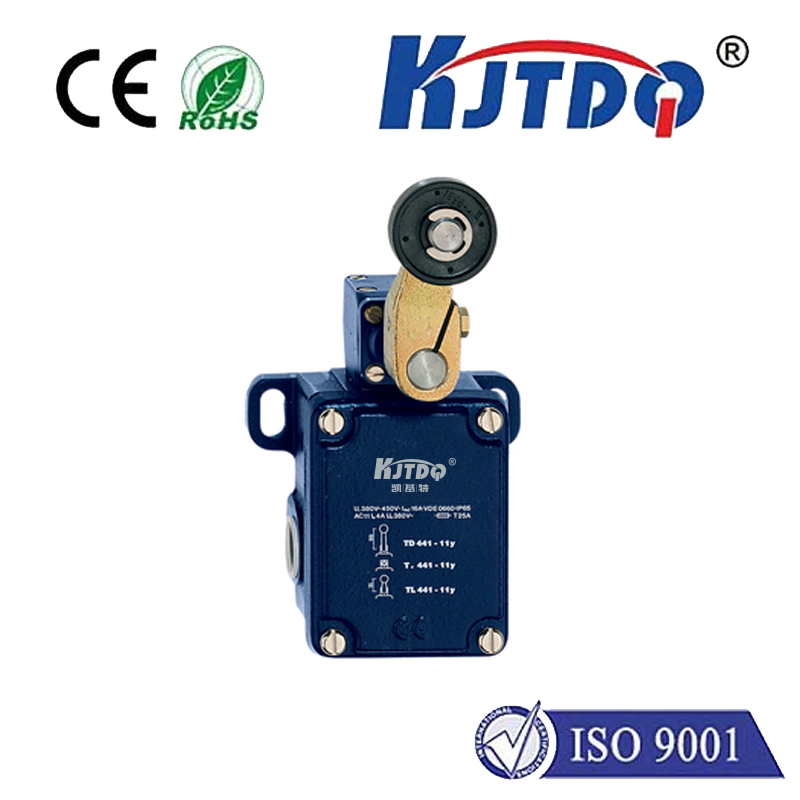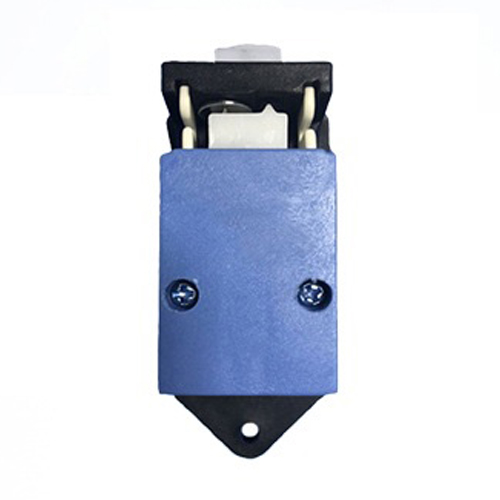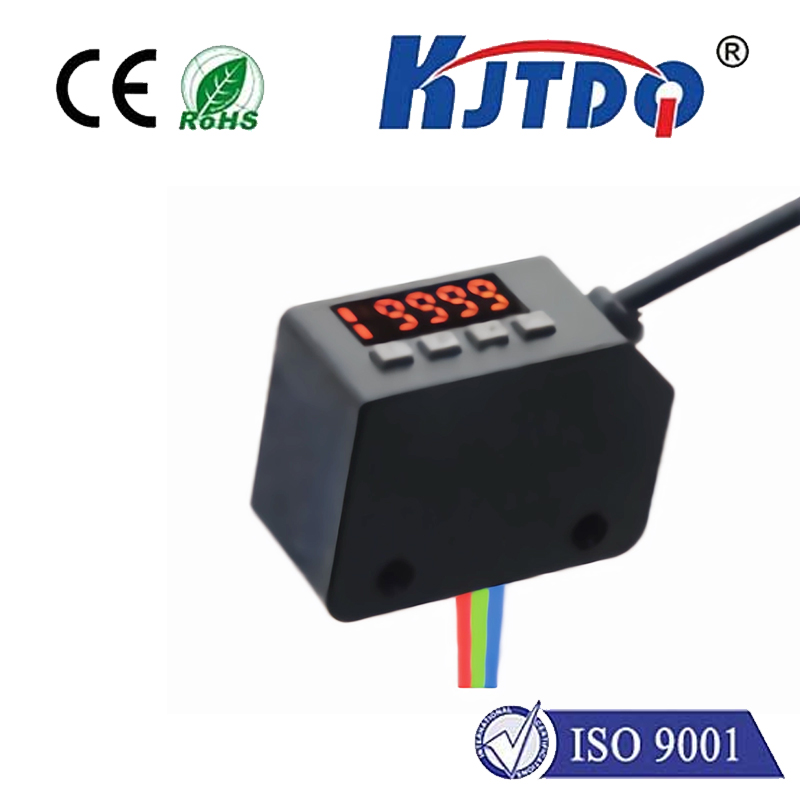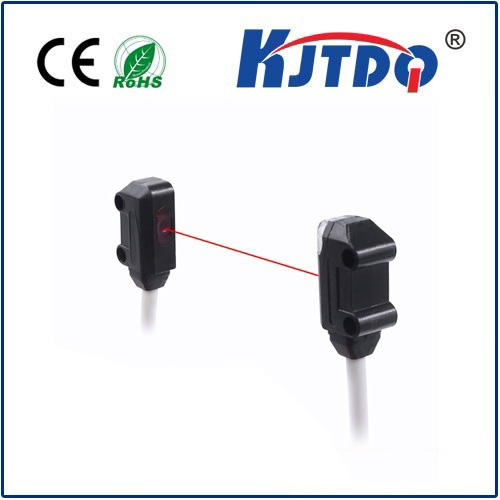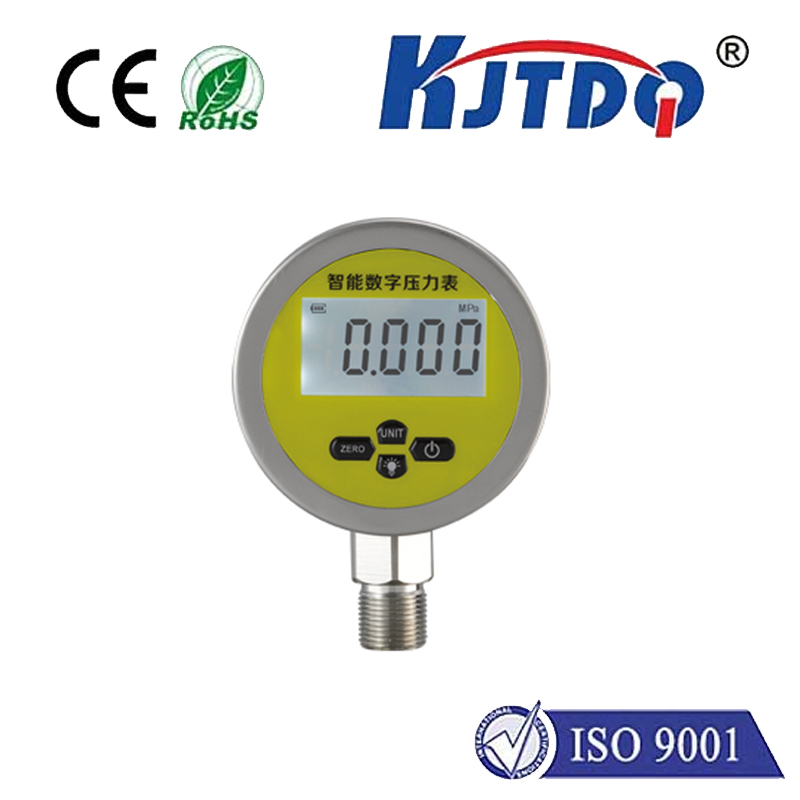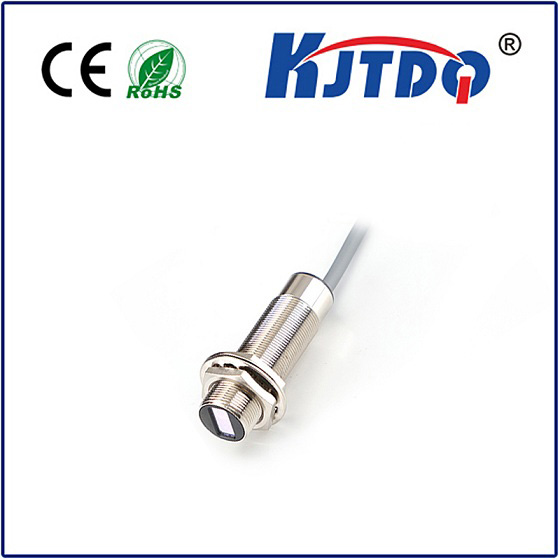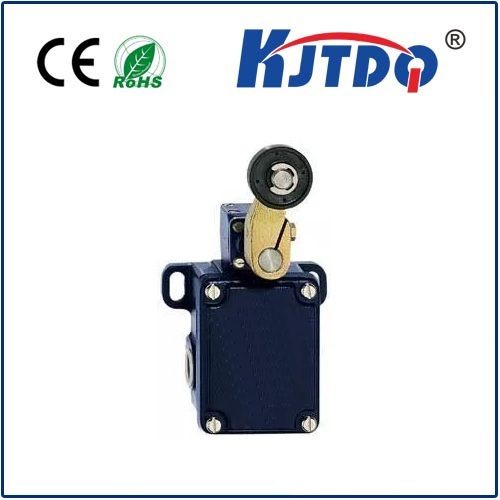Imagine a world where switches operate flawlessly without ever physically touching, resisting dust, grime, vibration, and extreme temperatures that would cripple their mechanical counterparts. This isn’t futuristic tech; it’s the reliable reality delivered by magnetic proximity sensor switches. These ingenious devices are the invisible workhorses enabling safe, precise, and durable automation across countless industries. If your operations demand robust, maintenance-free sensing, understanding the Магнитный переключатель приближения is paramount.
What Exactly is a Magnetic Proximity Sensor Switch?
Fundamentally, a magnetic proximity sensor switch is a non-contact electronic device designed to detect the presence or absence of a magnetic field, typically generated by a small permanent magnet (often called an “actuator” or “target”). Unlike traditional mechanical switches that require physical deflection of contacts, these sensors work without any touching parts. This inherent characteristic is the root of their legendary reliability. When the magnet comes within a specific predefined distance (the sensing range), the sensor’s internal mechanism triggers a change in its output state – typically opening or closing an electrical circuit. This output signal is then used to control machinery, indicate position, count objects, or provide safety interlocks.
How Do They Work? Unveiling the Core Technologies
While the core principle is magnetism detection, several distinct technologies empower magnetic proximity sensors, each with unique advantages:

Reed Switch Sensors: The simplest and often most cost-effective design. Inside a protective glass tube are two thin, ferromagnetic metal reeds hermetically sealed in an inert atmosphere. When an external magnetic field (from the actuator) is strong enough, it magnetizes the reeds, causing them to flex and snap together (making contact). When the field is removed, they spring apart. Pros: Simple, low power, high isolation. Cons: Relatively slower switching speeds, potential contact wear over billions of cycles (though extremely long life), sensitive to very strong external magnetic fields.
Hall Effect Sensors: Utilizing the physics principle discovered by Edwin Hall, these sensors generate a small voltage (Hall voltage) perpendicular to both the current flowing through a semiconductor material and an applied magnetic field. This voltage signal is amplified and conditioned internally by integrated circuits (ICs). The Hall sensor triggers its digital (on/off) or analog output based on the strength and sometimes polarity of the detected magnetic field. Pros: Solid-state reliability (no moving parts), very fast switching speeds, can detect both the presence and strength/polarity of fields, small size, long life. Cons: Generally require a stable power supply, can be sensitive to electrical noise without proper shielding.
Magnetoresistive Sensors: These advanced sensors exploit materials that change their electrical resistance in the presence of a magnetic field (Anisotropic Magnetoresistance - AMR, Giant Magnetoresistance - GMR, Tunnel Magnetoresistance - TMR). Like Hall sensors, they are solid-state but often offer superior sensitivity to very weak fields and higher precision in detecting direction. Pros: Extremely high sensitivity and directional precision, solid-state reliability. Cons: Typically more expensive than Reed or basic Hall sensors, may require more complex signal conditioning.
Key Features & Advantages: Why Choose Magnetic Proximity?
Choosing a magnetic proximity sensor switch unlocks a host of compelling benefits, particularly in demanding environments:
Where are They Used? Versatile Applications Galore
The application scope for magnetic proximity switches is exceptionally broad:
Choosing the Right Sensor: Key Considerations
Selecting the optimal magnetic proximity sensor switch involves evaluating several factors:
Magnetic Proximity Sensors: The Silent Guardians of Reliability
From the cars we drive to the factories producing goods and the appliances in our homes, magnetic proximity sensor switches work silently and reliably. Their ability to operate without physical contact in environments that would quickly destroy mechanical switches makes them indispensable in modern engineering. Understanding the core technologies – Reed, Hall Effect, and Magnetoresistive – along with their key advantages like durability, long sensor life, and robust IP ratings, empowers engineers and designers to implement solutions that enhance performance, safety, and longevity. When failure is not an option
